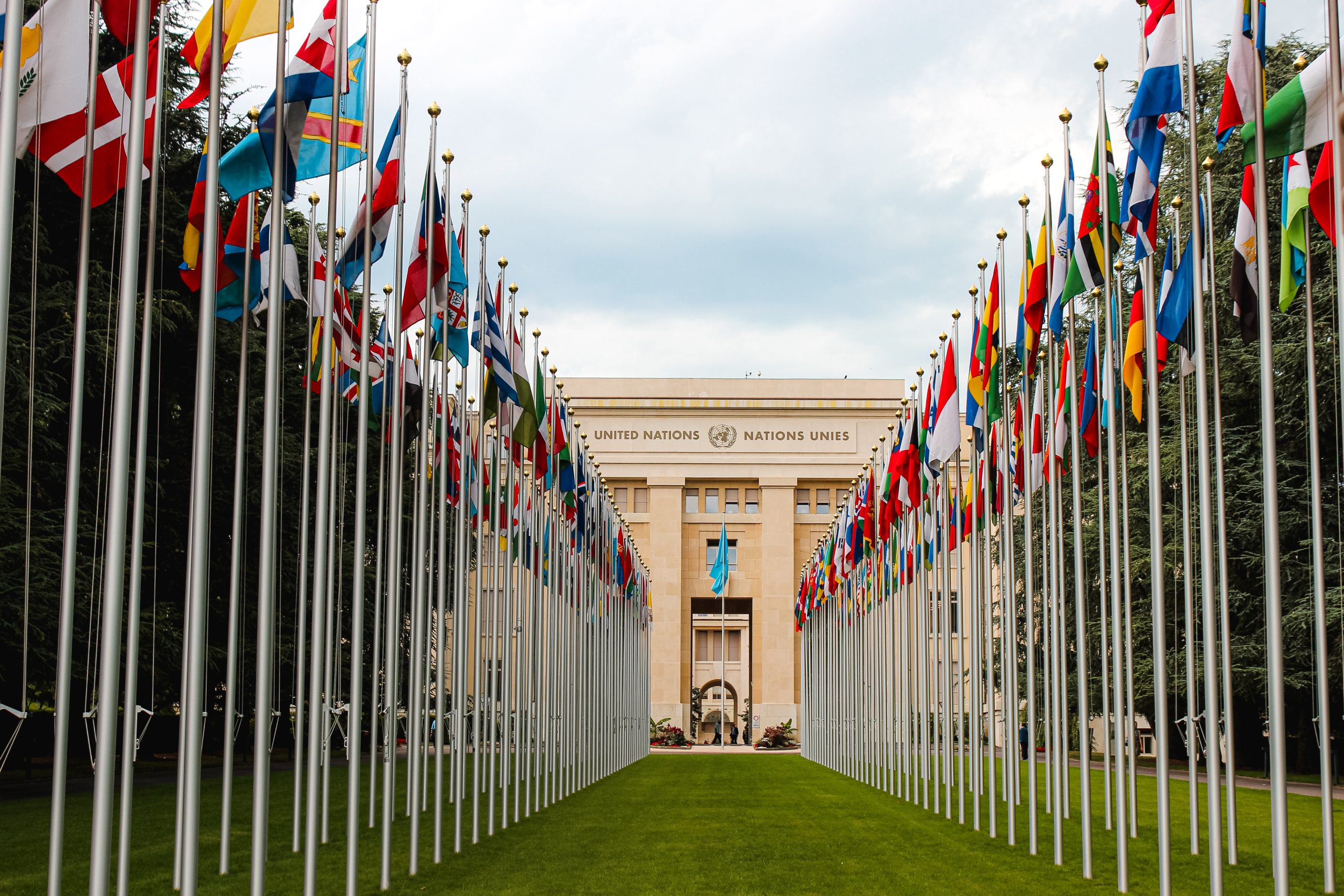History of International Translation Day
Article in partnership with Day Translations. Day Translations marks International Translation Day each year with its Day Awards, honouring the work of professional translators and intepreters.
Do you know why we started celebrating International Translation Day?
Brief History of International Translation Day
In 2017 the United Nations declared by resolution that the 30th September is the day to celebrate the vital work of translators around the world. This particular date, 30th September, is linked to Saint Jerome who has been named the “Father of Translation” because during the 5th century (about 1,600 years ago) he translated the Bible from Latin (source: Encyclopaedia Britannica). We could say that Saint Jerome was a modern digital nomad: he was born in what is Slovenia today near the town of Ljubljana, moved to Rome as a pre-teen and then travelled around the Italian peninsula, all the way to modern Syria and back to his home town, in the course of 20 years. Later in life he made a pilgrimage to Palestine and Egypt.
During his travels Saint Joseph studied Hebrew and Greek, and translated Old and New Testament books from Hebrew and Greek into Latin.
Why Is 1953 an Important Year for Translation?
1953 was an important year for translation because it saw the establishment of the International Federation of Translators, which currently represents more than 100,000 translators and interpreters in 60 countries. The Federation describes itself as “the voice of professional translators and interpreters around the world” and it aims to help boost the translation industry as a whole in terms of its visibility and to offer professional translators better working conditions.
The International Federation of Translators groups together various national associations for linguists working in all fields, from science and academia to the public and legal sectors. In its inception in 1953 in Paris, the Federation had a core group of six founding member countries: Denmark, the Federal Republic of Germany (West Germany before the fall of the Berlin Wall), France, Italy, Norway and Turkey.
The Federation also aims to build and support an international community because translations play a vital and strategic role both locally and globally.
Currently, the Federation has three main branches: one in Europe, one in North America and one in South America (LatAm). The European branch liases with a number of stakeholders including EU institutions. It organises world conferences around the globe with themes including the role of language professionals for cultural and economic growth, and the interlink between translation and diversity.
The United Nations and Language Professionals
The United Nations recognises the strategic and essential role of language professionals to facilitate not only the inner workings of this international organisation but also the cooperation between countries, ultimately to bring and maintain peace. The UN it iself is among the largest employers of professional language translators and interpreters globally.
The UN endeavours to preserve languages and their cultural heritage to ensure we collectively embrace cultural diversity and develop a more inclusive society. The organisation as a whole values principles such as multilinguism and transparency for the effectiveness of its activities.
UN agendas include human rights, peace and security, and development, and official UN documents are translated into the official six languages of the organisation: Arabic, Chinese, English, French, Russian and Spanish. Each of the official languages of the UN has its own International Day to highlight their history and cultural impact.
International Days or observancies have been used by the UN as advocacy tools to promote awareness and action around specific themes, encouraging countries to coordinate activities.
